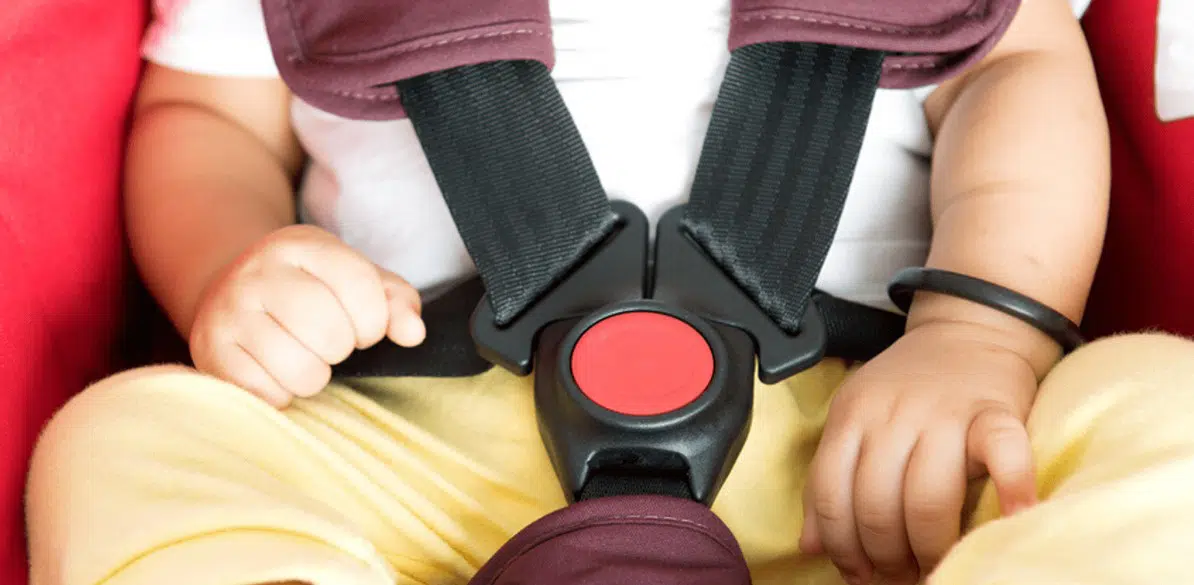Installing and securing a child car seat

Installing the car seat
When placing a child restraint system in the car we must follow the manufacturer’s instructions at all times.
Please remember that the child car seat should be positioned on the rear seat and that children under 15 months must travel in a rear-facing position. At Fundación MAPFRE we recommend doing so until the child is at least 4 years old.
There are currently 3 ways of securing the seat:
- By means of ISOFIX anchor points (244 KB): this system has three anchor points. Two are located at the base of the child car seat and engage with the rigid anchors located between the backrest and the seat of the vehicle, and a third is located at the top (top tether) or the bottom (support leg) in order to avoid the child car seat breaking or tipping over.
For this system to work, the child car seat must be fitted with ISOFIX anchor points.For small rear-facing child car seats, there is always the option of purchasing a base to be able to use these anchors.
The main purpose of the ISOFIX system is to avoid installation mistakes, but it is also an important safety feature, as the absence of a seat belt prevents any movement of the seat, and hence of the child, when the belt is tightened in the event of an accident, thus reducing injuries.
- Combining ISOFIX anchor points and a seat belt:this combination of both systems is often used with car seats for bigger children. In this case, the benefits of ISOFIX are minimal. For car seats approved under the R44.04 standard, these anchor points shall not receive the ISOFIX designation (the manufacturers use different names), whereas for CRSs approved under the R129.03 standard, the anchor points are labelled as ISOFIX.
- Seat belt:the manufacturer’s instructions must be followed in order to thread the seat belt through each of the indicated slots.
Securing the child
It is very important for the child to be well secured in the car seat.This is the way to prevent the child from being ejected from the seat in the event of an accident.
- Harness: they usually have three to five points and a central fastening.It is important that the harness fit snugly. There should only be a one-finger gap at most.
When fastening the harness the child should not have bulky clothing on as this can give a false sense of being well-secured.
You should also carefully monitor that the child has not managed to undo the harness.
The height of the harness is also very important. In general, the harness should be at or slightly below shoulder height. In forward-facing car seats, however, it should be placed at or slightly above shoulder height. Finally, you should always follow the manufacturer’s recommendations, which will appear in the user manual.
For boosters with or without a backrest:
- Seat belt: the seat belt holds the child and the car seat in place. This is how it should be done:
once the child is taller than 135 cm, they are not required to use a child restraint system. Nevertheless, at Fundación MAPFRE we recommend using a CRS until the child is 150 cm tall. At this stage, the child can use the adult seat belt and be fully safe and protected.
You may also like
